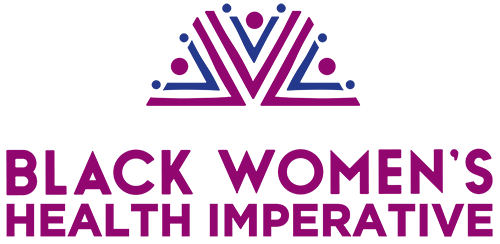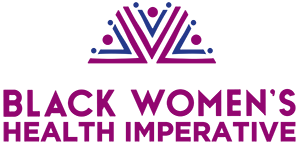6,063. That’s how many Black women died from breast cancer in 2013. The cancer mortality rate for Black women was 39% higher than it is for White women. And this mortality rate is higher than any other racial or ethnic group in the U.S. And if this isn’t bad enough, according to a 2015 American Cancer Society report, the incidence rate for breast cancer rose among Black women, and only among Black women. While these statistics provide a strong argument for increasing access to health services for Black women, there are still those who are working to roll back that access to care even further.
This week, the American Congress of Obstetricians and Gynecologists (ACOG) submitted a set of preventive health services guidelines to the U.S. Department of Health and Human Services Health Resources and Services Administration (HRSA). These guidelines govern how federal health care plans, like Medicare and Medicaid, and commercial insurers cover these services.
These guidelines are supposed to save women’s lives. Instead, they could lead to the deaths of millions of women of color.
The guidelines extend the time between covered cervical cancer screening from three years to five years. This is a deadly move: delaying screening by two years will likely increase the number of women diagnosed with cervical cancer, the number diagnosed with more advanced cervical cancer, and the number of deaths from the disease.
Unfortunately, the guidelines are not better for breast cancer preventive care. Ambiguous wording in the recommendations could encourage health plans to restrict access to life-saving screening mammography. Again, delaying screening could be especially harmful for women of color who currently face more obstacles to accessing care and are more likely to be diagnosed with a more aggressive form of breast cancer. The consequences for these changes are real, and they will be particularly devastating for women of color—particularly Black women and Latinas—who have the highest incidence rates of cervical cancer in the U.S. and the highest mortality rates. The numbers are staggering:
- From 2009-2013 , Latinas and Black women had 9.9 and 8.9 new cases of cervical cancer per 100,000 women, respectively, while White women had 7.0 new cases of cervical cancer per 100,000 women.
- Black women were less likely to have cancer diagnosed at early stages resulting in a 5-year overall survival rate of 58 percent percent versus 68 percent for white women.
- Black women also have a lower 5-year survival rate – 85 percent compared to 92 percent for White women—even when their cancers are detected early.
Simply put: women of color are less likely than White women to survive a cancer diagnosis. But rather than using these guidelines as an attempt to improve parity and health outcomes for all women, ACOG’s recommendations will exacerbate and worsen existing disparities—and HRSA could subsequently have them codified into law. To make matters worse, the research that informed these recommendations excluded patients of color; there are no studies specific to women of color referred to by HRSA. In fact, the data used comes from trials with only White women participants. A coalition of women of color organizations attempted to point this out, but the comment process was inexplicably exclusive, shorter in length by half of the usual time allotted (30 days vs. 60 days), and it simply did not allow for the consultation of these organizations to provide comment on the impact to women of color.
The passage of the Affordable Care Act was a watershed moment for women of color, nearly four million more of whom were finally able to become insured to have their health care needs met. But these new guidelines leave fatal gaps in coverage for women of color.
We call on HRSA to reject these exclusionary guidelines. The health of Black women and Latinas should not be put in jeopardy simply because they have been forced to wait for their next covered mammogram or cervical cancer screening. The Black Women’s Health Imperative will continue to work in coalition with our community, partners and with policymakers, to push for truly comprehensive health coverage that protects lives by taking into consideration the lived experiences of all women.


